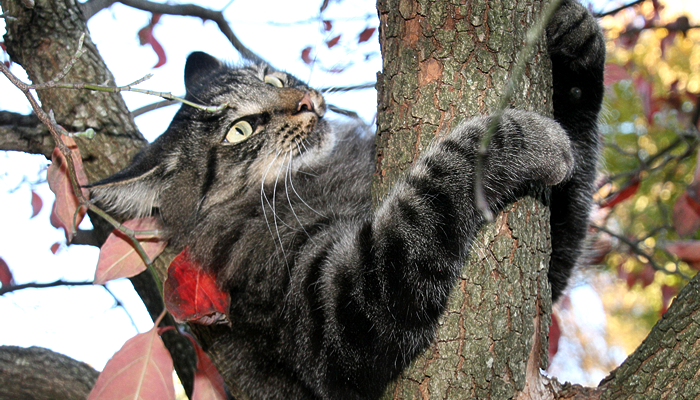It is estimated that 70 percent of older dogs and cats are affected by arthritis. It is common to think of arthritis in dogs, less so in cats; but changes such as reluctance to jump and loss of muscle over the hips maybe an indicator of an arthritic condition in either species.
Arthritis, often referred to as osteoarthritis to emphasize the involvement of the bones, most commonly results from some kind of a discomfort in the joints such that the dog or cat doesn’t use that joint to its full range of motion. Reduced joint motion leads to build up of bony deposits in the joint capsule, causing worsening of discomfort and ever decreasing range of motion in the joint.
Essentially, if they don’t use it, they lose it.
Conventional treatments often include use of nonsteroidal anti-inflammatories. While in the short term these may help, in the long term, these medications can lead to intestinal bleeding, liver disease, and can actually make the condition worse by increasing the inflammation (swelling, pain) in a negative feedback cycle.
In the last several years, newer methods of treatment have become available; such as therapeutic laser (sometimes called cold laser), sound wave therapy, and treadmill therapy.
There are also many alternative approaches which frequently give the arthritic dog or cat great benefit. These approaches include chiropractic, acupuncture, massage, reiki, canine fitness, proprioceptive training, energy balancing, and many more. Furthermore, an anti-inflammatory diet, Western and traditional Chinese herbal blends all work to help patient.
Because every animal’s cause of arthritis is slightly different, what works for one pet may not work as well for another. Consult with your natural health care provider for the best options for your cat or dog.
When possible, the best time to address arthritic joints is before they become arthritic. Working with a natural health care provider, either before or once arthritis develops improves pets’ quality of life.


Glad to see this post😎